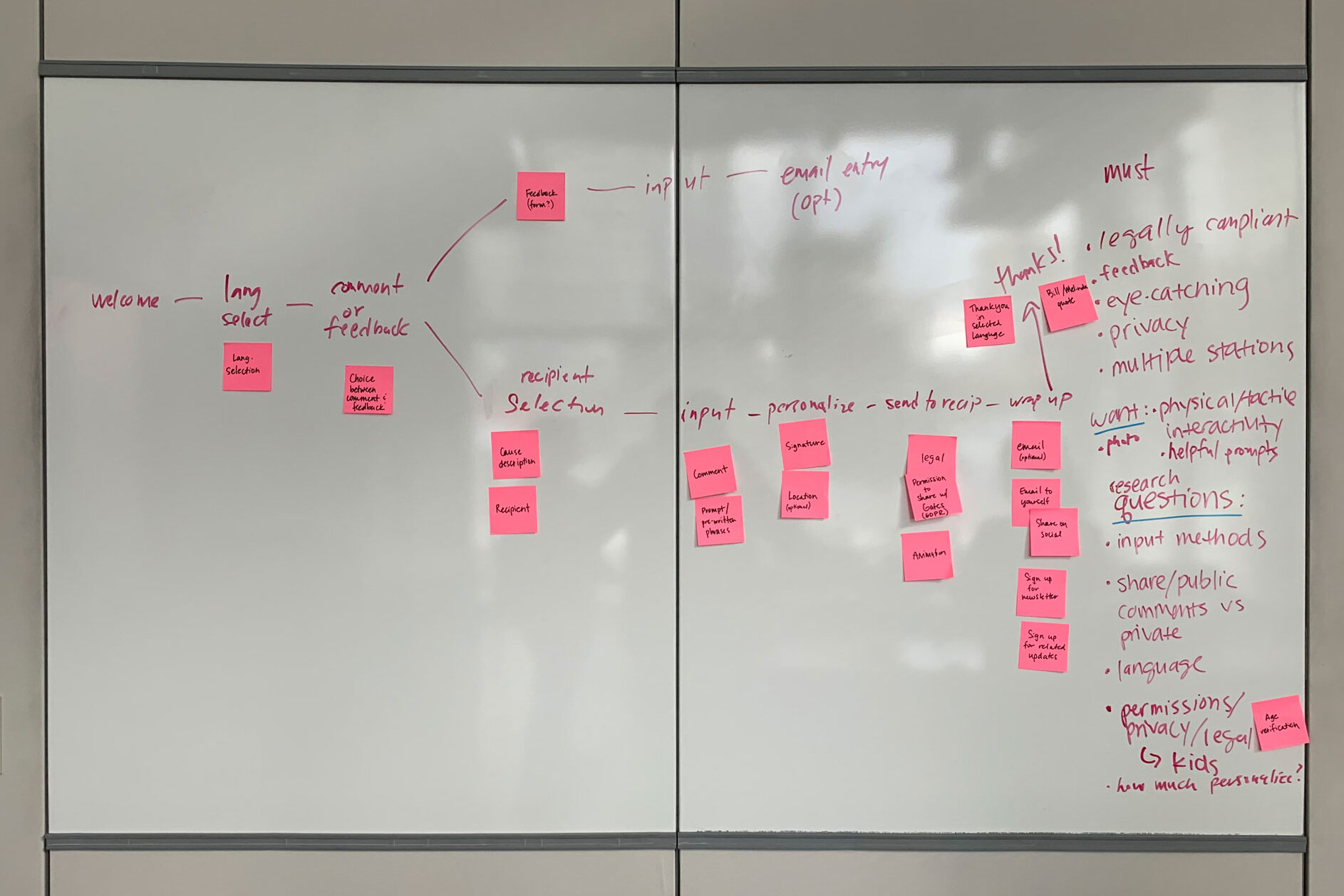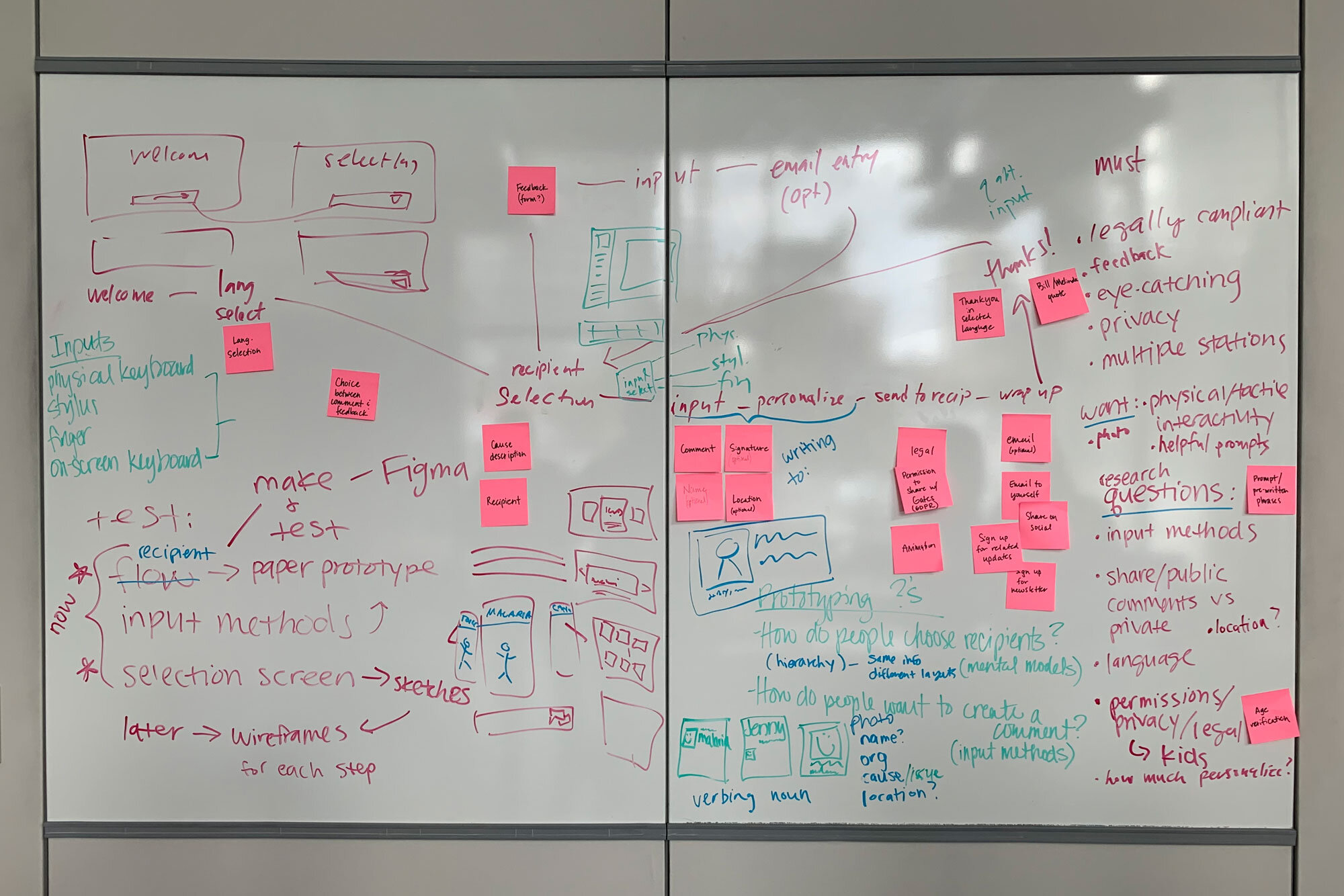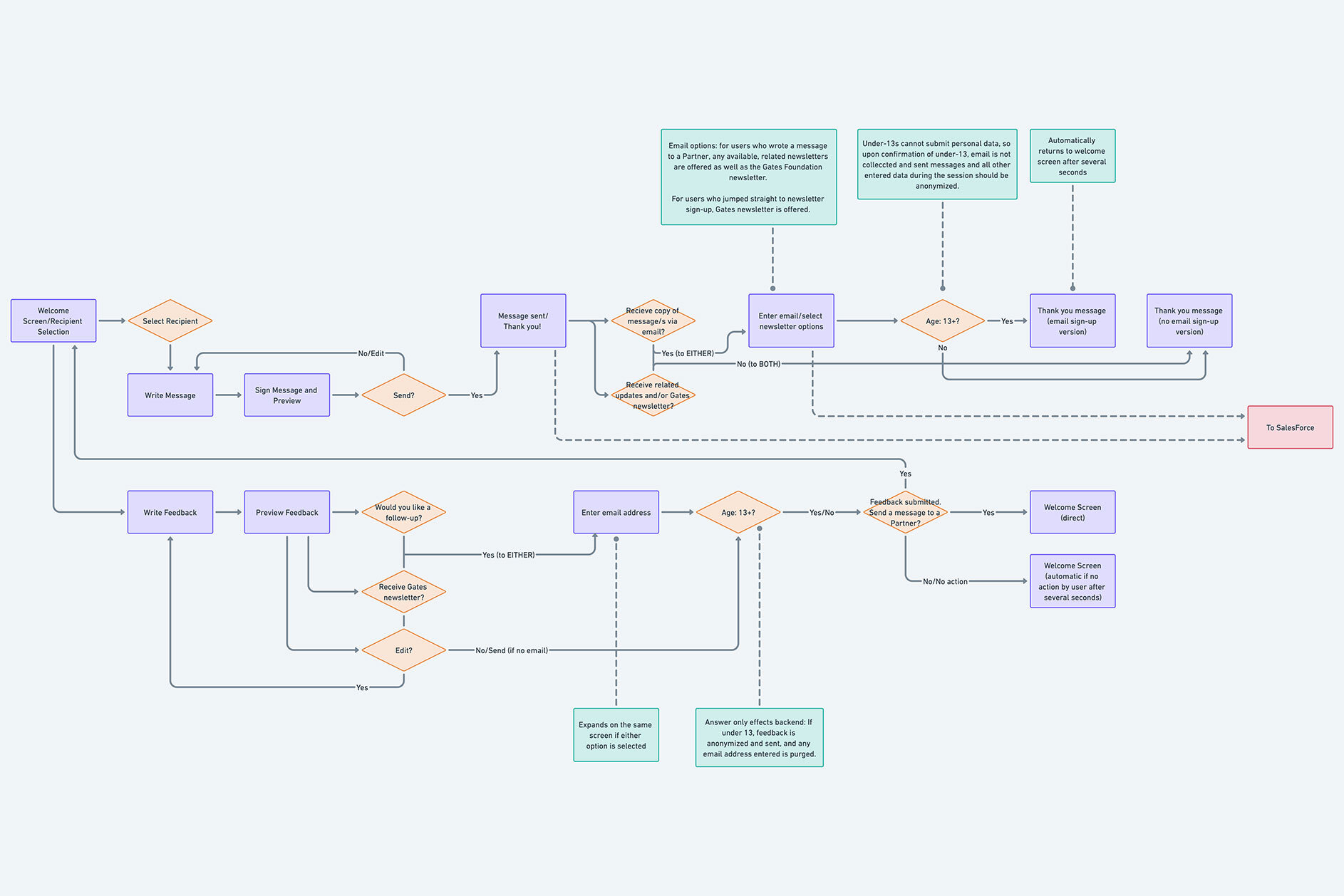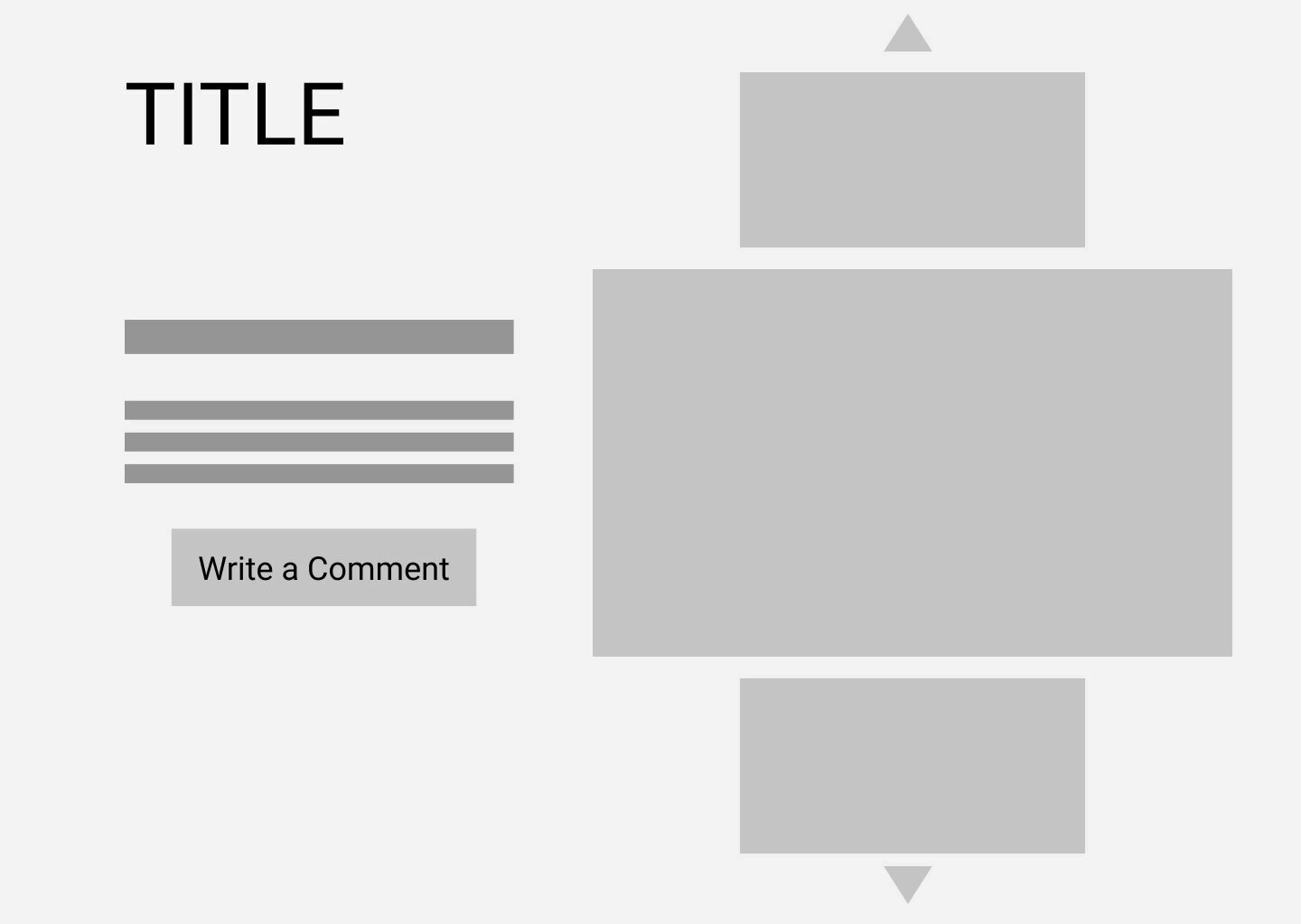The Missing Piece
I still needed to understand museum visitors.
I now understood the needs of the Discovery Center and the Changemakers, but I didn’t know anything about the goals and motivations of museum visitors. In order to understand them, I read every guestbook entry I could get my hands on, and interviewed 10 visitors at the Discovery Center.
I came away from my research with three big insights.
INSIGHTS
1. Visitors feel personally connected by the work being done by Changemakers.
Many visitors used the guestbook to thank Changemakers for their work and share a personal anecdote.
“Traveling to Sarong, Irianjaia, Indonesia in 2000, we learned the people believed they were born with Malaria. Everyone suffered with it from time to time.
And so did Sandy, 5 months after our return to the US, he suffered a Malaria attack. Local healthcare in Chicago was uninformed and several more attacks were suffered before it was successfully treated. We understand full well the agony and danger of Malaria.
Thank you for your work. Looking forward to the vaccine.”
Pam + Sandy, Encinitas, CA, USA
Others used the guestbook to say that they planned to take action in their community after being inspired by Changemakers.
“What an inspiring place. We so appreciated being made aware of the inventiveness + compassion of so many humans around the world. We'll be looking for ways to get involved.”
Ross + Val, Encinitas, CA, USA























